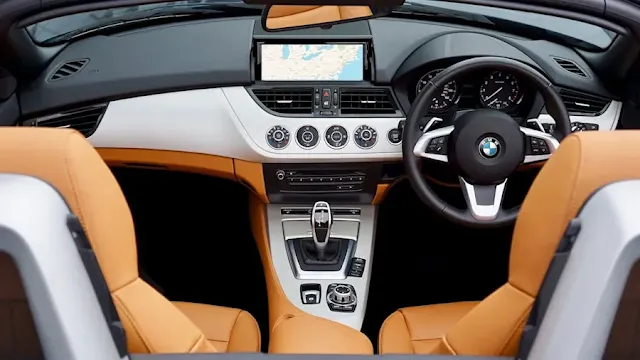Navigating Indian Customs: Bringing an LCD TV to India
Table of Contents
Bringing an LCD or LED TV to India, whether as a gift or personal item, involves navigating strict customs regulations enforced by the Central Board of Indirect Taxes and Customs. With high-end TVs often cheaper abroad, many travelers consider importing them, but customs duties can significantly impact costs. This guide explains the customs duty structure, declaration process, and practical tips for bringing LCD TVs to India, addressing concerns about 55-inch and 32-inch TVs and imports from the USA.
Customs Duty on LCD TVs
All flat-panel TVs (LCD, LED, Plasma, OLED) are subject to a customs duty of 38.5% on the assessed value, regardless of size, as per the Customs Act, 1962. The assessed value is typically based on the Indian market price of a similar model, not the purchase price abroad. For example, a 55-inch TV bought for ₹50,000 abroad may be assessed at ₹100,000 if that’s its Indian market value, resulting in a duty of approximately ₹38,500. Used TVs may qualify for depreciation (e.g., 20% per year, up to 4 years), reducing the assessed value. The ₹50,000 duty-free baggage allowance does not apply to TVs since August 26, 2013.
How to Declare Your LCD TV
Declare your LCD TV through the Red Channel at Indian airports to avoid penalties or confiscation:
- Complete the Customs Declaration Form: Indicate the TV’s details (brand, model, size) on the Indian Customs Declaration Form.
- Provide Documentation: Present the purchase invoice, receipt, or warranty card. If unavailable, customs officers use an internal database to assess the value based on the Indian market price.
- Pay the Duty: Pay 38.5% of the assessed value in Indian rupees or convertible foreign currency (e.g., USD, AED) at the customs counter. Payment methods vary by airport (cash, card, or electronic).
Misdeclaration or attempting the Green Channel with a TV can lead to fines or seizure. Always declare TVs, even if used.
Exemptions and Limits
No duty-free allowance applies to flat-panel TVs (LCD, LED, Plasma, OLED), regardless of size, as per the Baggage Rules, 2016. However, Non-Resident Indians (NRIs) or Persons of Indian Origin (PIOs) returning permanently after a minimum two-year stay abroad may qualify for Transfer of Residence (TR) concessions. Under TR, used personal items, including one color TV, are duty-free up to a total value of ₹5,00,000 per family, but new TVs incur the standard 38.5% duty. Documentation proving the stay abroad (e.g., passport, visa) is required.
Tips for Travelers
Check Airline Policies: Airlines like Air India may not charge extra for TVs within baggage size/weight limits, but others may impose fees (₹3,000–₹7,000). Verify maximum dimensions (typically 55 inches for checked baggage).
Pack Securely: Use the original box with bubble wrap, foam padding, or corner protectors to prevent damage. Label as “Fragile” at check-in.
Retain Receipts: Carry purchase invoices to support the TV’s value, especially for used TVs, to claim depreciation (e.g., 20% per year, up to 4 years).
Assess Cost-Effectiveness: Compare the total cost (purchase price + duty + shipping) with Indian market prices. A 55-inch TV may not be worth importing if duties exceed savings.
Check Signal Compatibility: Ensure the TV supports India’s PAL signal format, as US models use NTSC, which may require converters.
Declare Honestly: Use the Red Channel to declare TVs and avoid penalties or confiscation.
FAQs on LCD TV Customs Duty
What is the customs duty on a 55-inch TV in India?
A 55-inch TV incurs a 38.5% duty on its assessed value, typically the Indian market price (e.g., ₹38,500 for a ₹100,000 TV). Used TVs may qualify for depreciation.
What is the duty on LCD TV in India airport?
All LCD TVs are subject to a 38.5% customs duty on the assessed value, payable at the airport’s Red Channel. No duty-free allowance applies.
Is a 32-inch TV duty-free in India?
No, 32-inch TVs are not duty-free. All flat-panel TVs incur a 38.5% duty on the assessed value since August 2013.
What is the duty on a TV from the USA to India?
The duty is 38.5% of the assessed value, based on the Indian market price of a similar model, not the US purchase price. For example, a $500 TV (₹42,000) assessed at ₹80,000 incurs ₹30,800 in duty.
Indian Customs Declaration Form Guide
NRI Guides: Customs Duty on TVs
Directorate General of Civil Aviation















